The most economical way to feed any of the meat goat breeds is to provide plenty of high quality pasture, feeding purchased feed only during winter and droughts when pastures are short. Proper goat feeding is important for keeping goats healthy and productive.
The cost of the equipment and labor needed to harvest and store feed is high. The cost of buying feed from a feed store is even higher. Thus it is very important for meat goat producers to establish and maintain good quality pastures for their goats. If the quality of pastures is high, the producer will not need to buy expensive feed supplements.
Goats on good quality pastures will also be healthier, and their kids will grow faster. If pasture quality is high, with plenty of high protein legumes, kids do not need to be creep fed.
One can obtain a basic knowledge of goat nutrition from Dr. Steve Hart’s “Introduction to Goat Nutrition,” available on the Langston University web site (Langston University Goat & Research Extension) This article, together with the goat nutritional requirement data available on the Langston web site, can be used to formulate healthy rations for your goats.
In addition to knowing the nutritional requirements of goats, one also needs to know the nutrients available in the feed one is using. For purchased feed this information is usually available on the feed bag or the tag attached to the bag. For home-grown feed, for hay, and for pasture forages, average values can be found in he “Feed Composition Tables” published by the University of Missouri. One can also get hay and feeds tested for composition. Check with your Agricultural Extension Service for the availability of these tests.
How Much to Feed Goats?
When feeding a herd of meat goats it can be difficult to control how much feed each goat is getting. We have found that the best way to do this is to feed enough feed per feeding so each goat gets to eat its fill. This is usually about two pounds per goat, per feeding. If you feed less than this amount the more aggressive goats will get all the feed, and the more timid goats won’t get any.
If you want to feed one pound per goat per day, just feed two pounds per goat every other day. To avoid digestive problems from the goats eating too much concentrate at one time, make sure the feed has at least 18% fiber. We always feed pasture and/or hay free choice.
Goat Feeders
Do not feed goats any feed that has the words goat or horse on the bag. It is too expensive. Cattle feeds work well for goats feed.
When feeding goats it is very important to protect the feed from contamination with goat manure to avoid internal parasites. This can be done by making sure feeders are about twenty four inches off the ground, and a bar, about 14 inches off the ground, is provided for smaller goats to prop their front feet on while eating. Such feeders are called flex feeders because they force younger goats to flex their loin, rump, and leg muscles while eating.
This is important for show goats. Feeders should be built in a way that goats cannot jump up and stand or lay in the feeders.
Feeders can be very expensive to buy. They are a lot cheaper to build. If you want to give it a try, this is a great video to learn to build you own goat feeder.
Twenty gallon garbage cans make good water tanks for goats. A block or rock alongside will allow smaller goats to reach the water. Ten years ago we were able to buy them for five dollars each and they lasted three years, but today they cost twenty dollars each and they only last a few months. We switched to using 100 gallon stock watering tanks. Five gallon buckets with water are placed inside the creep feeders for small kids. We always put two or more gold fish in each water tank. They eat the mosquito larva and help control algae.
Goats need lots of exercise to stay healthy and avoid kidding problems. If one does all of the feeding and watering at the barn in winter, the goats will get lazy. We feed at the far end of the pasture when the weather is good. Using portable feeders and moving them often helps prevent damage to pasture plants. Feeding the goats at the far end of the pasture also reduces the amount of manure that needs to be cleaned out of the barn in spring.
Minerals for Meat Goats
Meat goats need to have certain minerals in order to stay healthy, to grow normally, to reproduce, and to have normal offspring. Minerals required when raising meat goats can be grouped into two categories, based on the amounts needed in the diet. Macro minerals are needed in small quantities, and trace mineral are needed in very small quantities. An article, by Dr. Steve Hart, on the Langston University website, lists seven macro minerals and eight trace mineral that are required by goats.
Meat goat producers do not need to know what these minerals are and how much is needed by goats since the major feed manufactures produce mineral supplements for goats, cattle, and sheep that contain all of the needed minerals at recommended levels for the areas in which these supplements are sold (the levels needed for some minerals depend on mineral levels in the soils at the location.) If fed free choice, goats will eat the right amounts to meet their mineral needs. These amounts will vary depending on the forages and feeds available to the goats.
We prefer to use loose minerals because they are easier for the goats to eat and, if fed in a properly designed mineral feeder, will cause less contamination with goat manure. Goats like to paw at mineral blocks with their feet, and their hoofs are always full of goat manure, especially when their hoofs need to be trimmed. Goat manure is contaminated with internal parasite larva and eggs.
While good mineral supplements are very expensive per pound, goats will only need and eat very small amounts of them. It does not cost very much to feed a high-phosphorus, loose, cattle mineral to goats free choice. We have been doing this for forty-eight years with very good results. The mineral requirements of cattle and goats are the same, but cattle minerals are much less expensive than goat minerals. Do not use sheep minerals for goats. Sheep minerals do not have enough copper for goats. The amount of copper needed by goats and cattle would be toxic to sheep.
The ratio of calcium (Ca) to phosphorus (P) in the diet of a goat is very important. It needs to be two parts calcium to one part phosphorus. This is a Ca to P ratio of 2 to 1. Remember this ratio is for the goat’s total diet, not for the mineral supplement. Limestone is the main source of calcium for feed manufactures. Since limestone is cheaper than other feed ingredients and most grains and protein supplements have a lower than 2 to 1 ratio of Ca to P, most manufactured feeds have their Ca to P ratios adjusted to 2 to 1 by adding limestone.
Thus manufactured feeds are neutral for Ca to P ratio. If a goat’s entire diet consists of manufactured feed (not a good way to feed goats) one might feed a mineral supplement with a 2 to 1 ratio, but check the feed label first because the feed may already have all the minerals that goats need added to it.
Most legumes (alfalfa, white clover, red clover, and lespedeza) have a six to one, calcium to phosphorus ratio. Most grasses have a two to one ratio. Legumes remove nitrogen from the air and add it to the soil. Legumes are high in protein and so are grasses growing with legumes. It is good to have legumes in pastures and hay, but goats fed legumes need a high phosphorus mineral supplement.
Cattle, which are natural grazers, can tolerate higher calcium to phosphorus ratios than goats, which are natural browsers. Goats will not eat white clover unless they have a high phosphorus mineral supplement free choice. We use a highphosphorus cattle mineral that is twelve percent calcium and twelve percentphosphorus (a 1 to 1 ratio.) We feed it free choice allowing the goats to balance their own Ca to P ratios. How much they eat depends on the types of forages they are eating.
It is reported that too much phosphorous, relative to the calcium, in the diet of goats, can cause renal calculi (kidney stones.) In wethers and bucks these stones get lodged in the urethra often causing death. Our experience with feeding a highphosphorus mineral, free choice, for forty-eight years has been that, as long as the goats have plenty of good quality forages free choice, plenty of clean water, and we do not feed any concentrate feeds containing less than eighteen percent fiber, our goats do not have any problems with renal calculi.
Feeding Acorns to Meat Goats
Acorns can be a valuable source of feed for meat for goats. Our goats have free access to acorns every fall. They gain weight and their coats start blooming when the acorns are falling. Acorns definitely improve their health. The tannins in acorns probably help to control internal parasites in goats. In northern Arkansas the acorns start falling in late September, several weeks before we turn the bucks in with the does for breeding.
If the does are gaining weight before being bred, they will have more twins and triplets. This is called flushing. Many goat producers feed grain to flush their does. We prefer to use acorns. Our goats kid in mid March and we sell our slaughter kids in December after they have been fattened on acorns.
Acorns can be toxic to cattle, but goats and deer can eat acorns without any toxic effects. We let our goats eat all the acorns they wish. We have been doing this for forty-eight years and have never had one show any signs of being poisoned. They also have plenty of good quality grass/legume pasture so they are never forced to eat only acorns. It is reported that green acorns are more toxic than ripe ones.
It is our experience that goats will not eat anything that is toxic unless they are forced to because they have nothing else to eat. There are many false reports, in the literature and on the internet, about acorns being toxic to goats. The problem is that very few veterinarians and agricultural extension agents have ever raised goats. They just assume that goats are the same as cattle and sheep, but they are not!
It is also reported in the literature that oak leaves are toxic to goats, but they are not. We use goats to clean up and kill oak sprouts. We also cut oak trees forfirewood and let the goats eat the leaves. We do this during hot dry weather when pastures are short. When pastures are short one can also sell oak logs for lumber, allowing the goats to eat the leaves. Goats do real well on oak leaves. Again we believe that the tannins in oak leaves help to control internal parasites.
Since acorns can be toxic to cattle, meat goats can be used to clean up acorns in pastures for cattle. It is reported that acorns dry up milk production in cows. Since our meat goats are usually not milking when acorns are falling we have no information on the effects of acorns on milk production in goats. Even when we were milking dairy goats our goats were too close to the ends of their lactations when acorns started falling for us to be able to tell if the acorns had any effect on milk production.
Purchasing feed for goats is very expensive and eats into profits from raising goats. Even raising and harvesting feed is expensive when considering the cost of equipment, fuel, and labor. Good quality pastures for grazing along with acorns is the most efficient way to feed goats.
Goat Grasses
Bermuda Grass
Bermuda grass is the hardiest and most productive warm season grass for northern Arkansas. We try to keep about one fourth of our pasture in Bermuda grass. It is best used on steep, south slopes where fescue does not do as well. Fall rain usually brings on new growth of Bermuda grass which is freeze dried into standing hay by the first frost. Goats will eat this standing Bermuda hay in winter.
We prefer common Bermuda that has been growing in our area for many years. The newer varieties will out yield common only if they are heavily fertilized and the weather is ideal. Fertilization can do more harm than good during dry weather.
Bermuda grass is very easy to establish on land that is steep and rocky by planting small plugs of sod about ten feet apart. Bermuda spreads rapidly by growing long stems horizontally along the surface of the soil. These horizontal stems grow roots along their entire length. Establish a good ground cover of tall fescue and white clover first. This will prevent soil erosion while the Bermuda plugs are spreading
Lespedeza
Lespedeza, a warm season legume, produces high protein forage for goats during hot dry weather when cool season forages are dormant. Goats love it and will kill it if allowed to graze it without restrictions. There are two types of lespedeza commonly found in pastures of northern Arkansas, Serecia lespedeza and Korean lespedeza. Serecia lespedeza is a perennial. It is dormant in winter but regrows from the roots in spring.
Korean lespedeza is an annual which comes up from seed in spring and dies in autumn. In northern Arkansas most varieties of Korean lespedeza will reseed themselves if not grazed too heavily. Serecia grows much taller (three to four feet) than Korean which only grows four to eight inches tall.
Cattle do not like lespedeza as well as goats do. Both types of lespedeza are commonly found growing in cattle pastures, but they are very difficult to establish and maintain in goat pastures.
Five to fifteen years ago we over seeded all of our pastures with fifteen to twenty pounds of Korean lespedeza seed, per acre, each spring (about April first.) We got a good stand each year. The goats would not graze the Korean lespedeza heavily until the hop clover died in mid-June. The lespedeza produced extra protein for our goats in July and August when clovers were dormant. I know some producers who fed the lespedeza seed to their goats, letting them disperse it in their droppings.
Back then Korean lespedeza seed was very inexpensive, about 50 cents per pound. Today it cost $5.00 per pound. We can no longer afford to seed it every year. The goats kept it grazed short enough so it would not reseed itself. The goats had usually killed it out by early September, but by then the cool season clovers would start to grow, and the acorns would begin to fall, and the goats would have plenty of high quality forage.
We have never been able to keep serecia lespedeza in any of our goat pastures. Auburn University has developed a new variety of serecia lespedeza called AU Grazer. AU grazer is more tolerant of heavy grazing than common serecia. In 2013, after having sold most of our goats, we set aside four acres of established fescue that we over seeded with fifteen pounds of Korean and 30 pounds of AU grazer serecia lespedeza seed per acre. We did not graze this field until the serecia was well established and the Korean had produced seed.
We broadcasted the seed about April first without trying to prepare a seed bed. We got a very good stand of Korean lespedeza shortly after it was seeded, but no serecia came up as of mid-August.
A few serecia plants started to appear in late August (single plants, ten to twenty feet apart.) We had gotten good rains during April, May, and the first half of June. This is normal for this area. From mid-June to mid-July we got no rain, but from mid-July to mid-August we got rain every day averaging an inch per day. This is very unusual for this time of the year because this is normally our driest month.
Two other meat goat producers in our area seeded AU grazer the same year that we did. Darlene Cullen, near Compton, Arkansas, broadcasted her AU Grazer seed without preparing a seed bed and did not get any serecia plants until late August. James McPherson, near Western Grove, Arkansas, planted in a good seed bed and got a very good stand shortly after planting. His serecia was about twelve inches tall when we had seen it on July 8th. Nancy Edgerly, Silver Hill Farms, near St Joe, Arkansas, had seeded serecia lespedeza in the past. She said it took one to two years to get a good stand after it had been planted. Many pastures in our area are too steep and rocky to be able to prepare a seed bed.
In 2014 the acreage we seeded to serecia lespedeza in 2013 had a very good stand of serecia by early fall. We had good rainfall through the spring and summer of 2014. Some plants came up in early spring and additional plants came up throughout the summer. The previous winter was very cold for our area, with lots of freezing and thawing and snow. These factors, along with the fact that the area was trampled by goats and predators grazing the fescue during the winter, helped bury the seeds and crack the shells on hard seeds.
The acreage planted to Korean lespedeza in 2013 produced a good stand of Korean lespedeza in 2014. This could have come from seed produced by plants that grew in 2013, or from hard seed in the seed planted in 2013, or from both. This acreage continued to produce good stands of both Korean and serecia lespedeza through 2017.
We grazed the four acres of fescue, which were over-seeded with lespedeza, only in winter until the serecia was well established. After the lespedeza was established we only grazed it lightly in the summer, allowing the fescue and the serecia lespedeza to stock pile for winter grazing. Serecia lespedeza seeds cling to the dormant plants in winter providing feed for goats and wildlife (deer, turkeys, quail, and song birds.) The goats and wildlife spread lespedeza seed to other areas in their droppings.
By 2017 the AU grazer serecia lespedeza was thick enough that we were able to graze it continuously all summer, beginning on May 20th, without harming the stand. Seventeen goats had continuous access to this four acres. They kept about half of the field (the area closest to the entrance to the field) grazed to between six to twelve inches.
The rest of the field did not get grazed much, but the goats did prefer to graze in the lightly grazed area where the lespedeza was three to four feet tall when the pastures were wet and contaminated with parasite larva. These seventeen goats also had access to three acres of Bermuda grass and native warm season grasses.
Goats grazing serecia lespedza with seed do a good job of planting that seed in other areas. We had two acres of pasture (some of it Bermuda and some of it fescue) that the goats had access to in autum when the goats were eating lespedeza seed and was not grazed in spring or summer. This pasture developed a good stand of lespedeza over a period of three years.Three acres of pasture (some of it Bermuda and some of it fescue) that the goats also had access to in autum when they were eating lespedeza seed, but was also grazed freely in spring and summer, does not have any lespedeza..
Serecia Lespedeza is a good legume to use for hay production. AU Grazer would be the best variety to use because it has finer stems and can tolerate frequent mowing. In the 1960’s we were able to buy serecia lespedeza hay. Our dairy goats milked better on it than on alfalfa hay.
Tall Fescue
Tall fescue is very hardy. It can tolerate heavy grazing. In northern Arkansas it produces more winter grazing than any other grass. Fescue toxicity, caused by a fungus (or entophyte) which infects the fescue, can result in poor condition and health problems in goats.
Goats and cattle react differently to fescue toxicity. With cattle it is a problem during hot summer weather. Since goats will not eat toxic fescue when there is anything else for them to eat, fescue toxicity is a bigger problem for goats in the winter when fescue is the only forage available for them to eat. In the winter fescue uses sugar as anti-antifreeze making it very palatable for goats.
Most of the fescue growing in northern Arkansas is Kentucky 31 which has the toxic fungus. There are varieties of fescue that are entophyte free, but these varieties are not hardy and do not produce well. New varieties of fescue, called novel entophyte fescue, have an entophyte that is nontoxic. These varieties are very hardy and produce very well in northern Arkansas.
Max-Q was the first novel entophyte fescue for which seed was available. All of our pastures have Max-Q fescue and we like it very well. We believe it is the hardiest most productive grass one can grow in this area, and our goats do very well on it. This variety is patented, and the seed is marketed by Pennington seed. The seed is very expensive, but it is worth the extra money. Once established, Max Q fescue is permanent. It will save money on purchased feed for many years. It will also make money through improved animal health and increased production.
Other novel entophyte fescue varieties have been released since we seeded all of our pastures to Max-Q. One of them is patented by the University of Arkansas.
The fungus is only spread through the seed. When fescue has seed on it, do not let your goats travel between fields that have toxic fescue and fields that have non-toxic fescue.
Do not feed any hay that has toxic fescue seed in it. If the goats eat any contaminated fescue seed, the toxic fungus can pass through their digestive tracts and infect clean fields, especially if you’re using goats to clear land.
White Clover
White clover is a cool season legume. We use durana white clover which is hardier and more persistent than ladino or regal white clover. Unfortunately, our durana white clover did not survive the severe droughts we had in 2011 and 2012, but it is slowly coming back from hard seed. Durana white clover is patented and the seed is marketed by Pennington seed. White clover has a very high calcium to phosphorus ratio. Goats will not eat it unless they are fed a high phosphorus cattle mineral free choice..
Subterranean Clover
In the future we hope to use subterranean clover instead of white clover for our cool season legume. It has a shorter growing season than white clover but it produces more forage in winter than white clover. We have a strain of subterranean clover that is very hardy and persistent. It is in our yard. We are trying to find a good way to establish it in our pastures, but so far we have had very limited success in doing this
Hop Clover
Hop clover is a very hardy, annual, cool season, legume that germinates in winter, but remains very tiny and provides no grazing until April. In April and May the plants will grow to a height of six to twelve inches if not grazed. Hop clover dies in early June. It can be found growing wild in pastures, on lawns, and on road sides throughout this region. Seed is not available commercially, but hop clover can easily be established by spreading clippings from a lawn that has hop clover that has gone to seed, or by feeding hay that has hop clover in it.
Goats will spread the seed in their droppings in any open or fenced in space.
Hop clover will always be thickest along paths that the goats travel and in areas that the goats bed down. It has small bright yellow flowers that turn very pale yellow then brown as the seed matures. The flower heads are shaped like those of white clover, but they are much smaller. This clover will produce flowers and seed continuously from mid-April till early June. It will produce an abundance of flowers and seed, even if livestock keep it grazed close to the ground.
Based on observation, we believe that hop clover has a worming effect on both goats and cattle. To date, no scientific data is available to confirm this. One reason why hop clover continues to be an effective wormer is because it has such a short grazing season. Worms tend to build a resistance to wormers that are available for long periods of time. Goats will produce more milk on hop clover than on other grasses and clovers.
We breed our goats to kid in mid-March so they will have hop clover when their milk production is highest during the second and third months of lactation. Because goats prefer it to other grasses and clovers, hop clover gives the cool season forages, such as fescue, white clover, and subterranean clover, a chance to rest and produce seed after being grazed heavily in winter.
Subterranean Clover
Subterranean clover or sub clover is an annual, winter clover that comes up from seed with the autumn rains and dies in mid-June after having buried its seeds in pods like peanuts. It originated in the Mediterranean region and is widely used as a pasture legume in Australia, north western California, and western Oregon. It is adapted to climates with mild, wet winters and hot, dry summers. In northern Arkansas the autumn rains can begin any time from late August to late December depending on the year. Our climate varies a lot from year to year. Some of our autumns are very wet and others are very dry. Some of our winters are very cold and others are very mild. The University of Aransas Extension service claims that subterranean clover is not suited for northern Arkansas.
In northern Arkansas this strain of subterranean clover is one of the few legumes that will persist in heavily grazed goat pastures without being reseeded from time to time. Hop clover will also persist, but it has a very short grazing season (about 60 days.)
Sub clover does best with heavy grazing. It likes acid soils. It does best on soils with a pH of 5.5 to 6.5, but can tolerate a pH as low as 4.5. It grows six to eight inches tall. It sends out lateral branches up to four feet from a single taproot. These branches stay near the ground. They do not form roots, but they do bury seed pods. The flowers are hidden near the ground. They are self-pollinated. After pollination they grow down. The seeds are formed in pods just below the soil surface.
Subterranean clover is good at suppressing weeds and grows better than other legumes in dense Bermuda sod. All of the sub clover on our farm is growing in Bermuda sod.
Subterranean clover is more tolerant of shade than other legumes. This plus the fact that it grows close to the ground, forming a very dense mass of stems and leaves, makes it good for preventing soil erosion. In California and Oregon it is used as living mulch for orchards, vineyards, and crops such as lettuce, broccoli, cauliflower, cabbage, sweet corn, zucchini, pumpkins, cucumbers, and cantaloupes. It dies and becomes a dead mulch at a time of the year when more moisture is needed by these crops.
Phytoestrogens, in some varieties of sub clover, can cause infertility in sheep. This is not a problem with cattle or goats. Most varieties, imported into the United States, are low in phytoestrogens.
There are many new varieties of subterranean clover. Most of them have been developed in Australia. Most of the research done on sub clover was done in Australia. The University of California has published a complete review of the literature available on subterranean clover. This review can be found in their on line cover crop database.

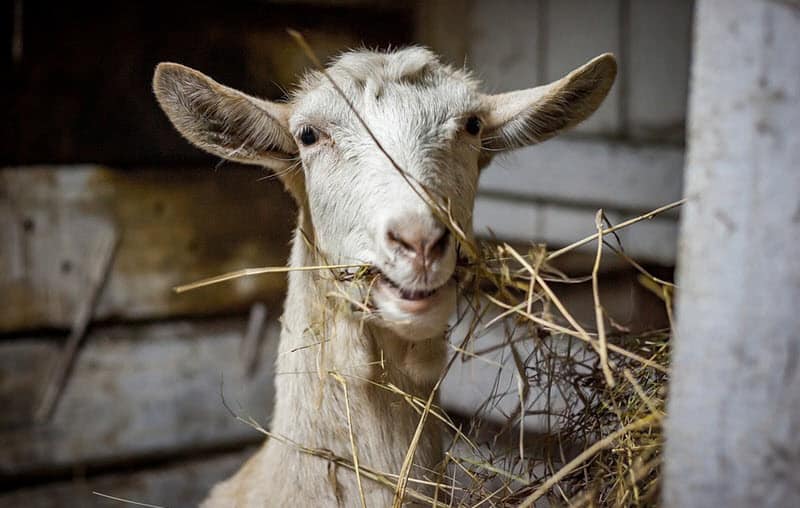

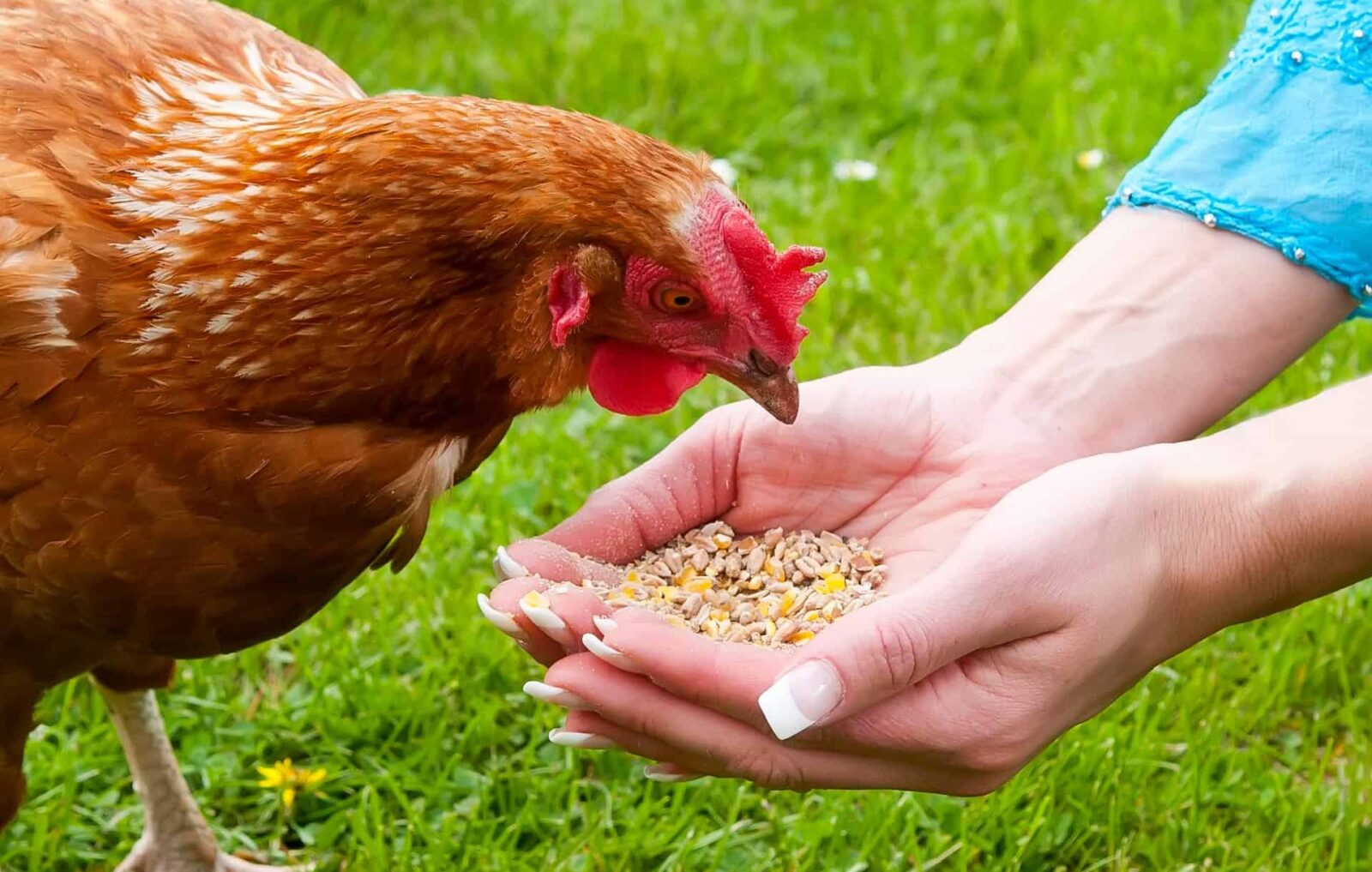

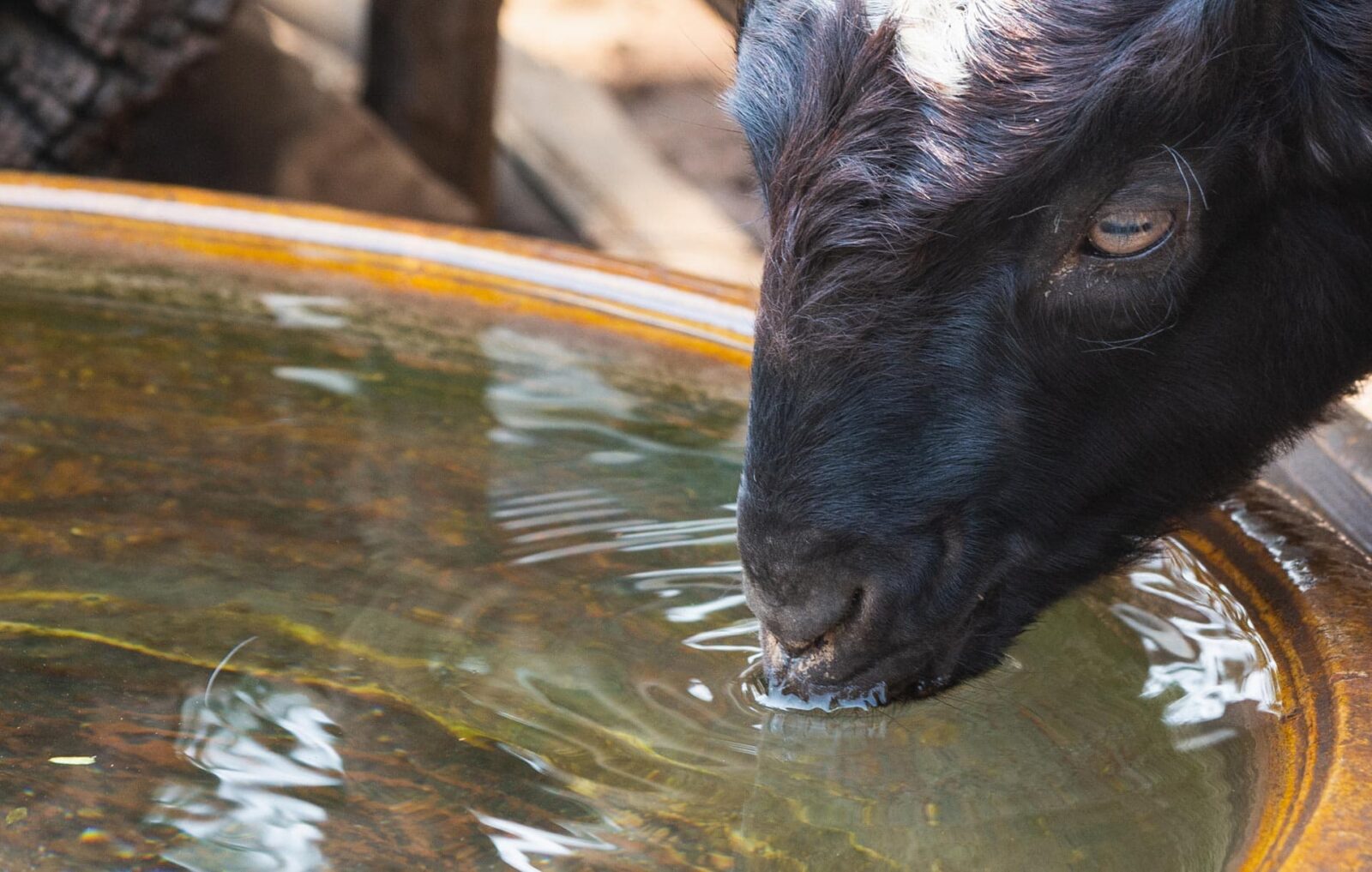

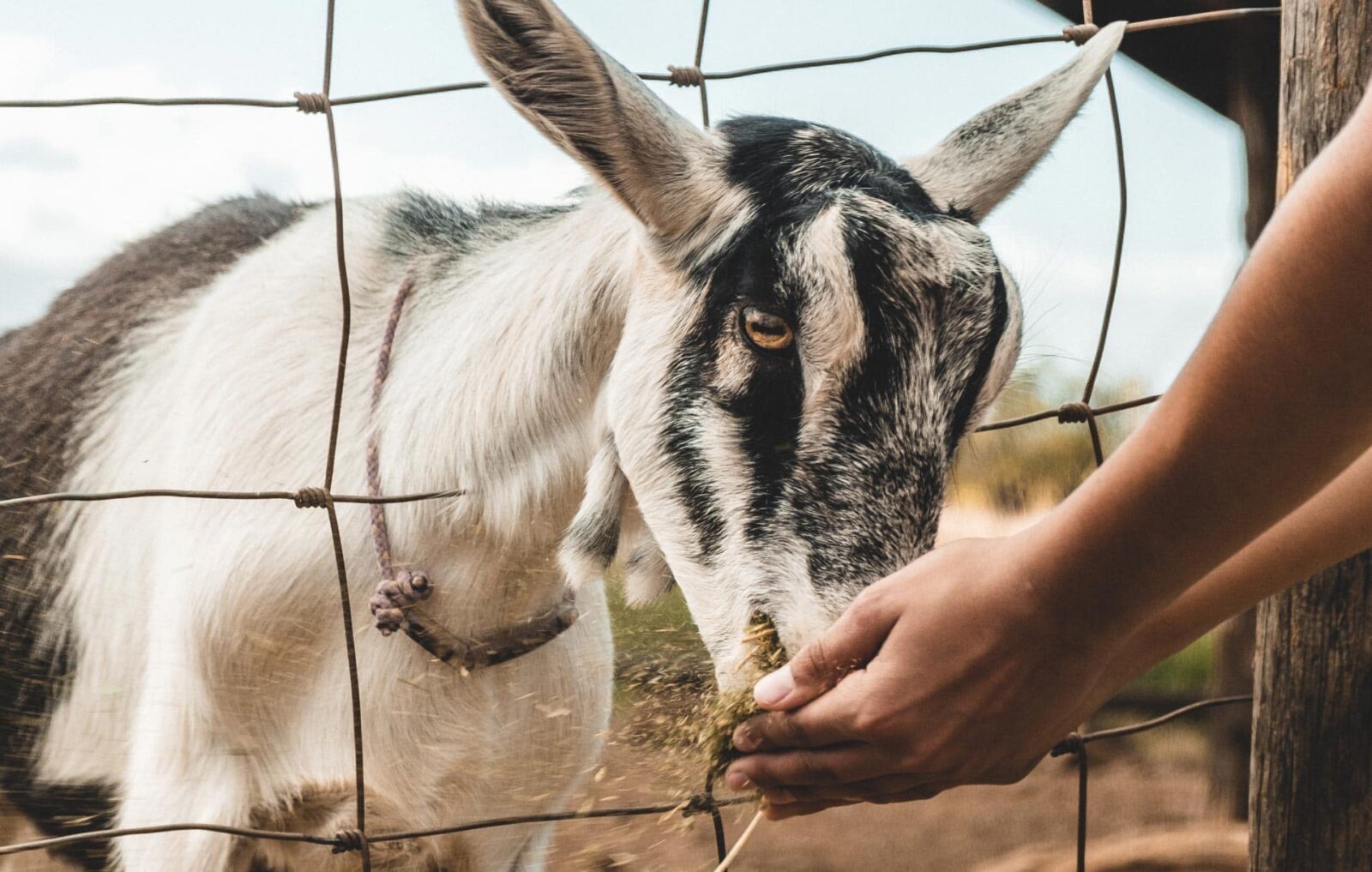
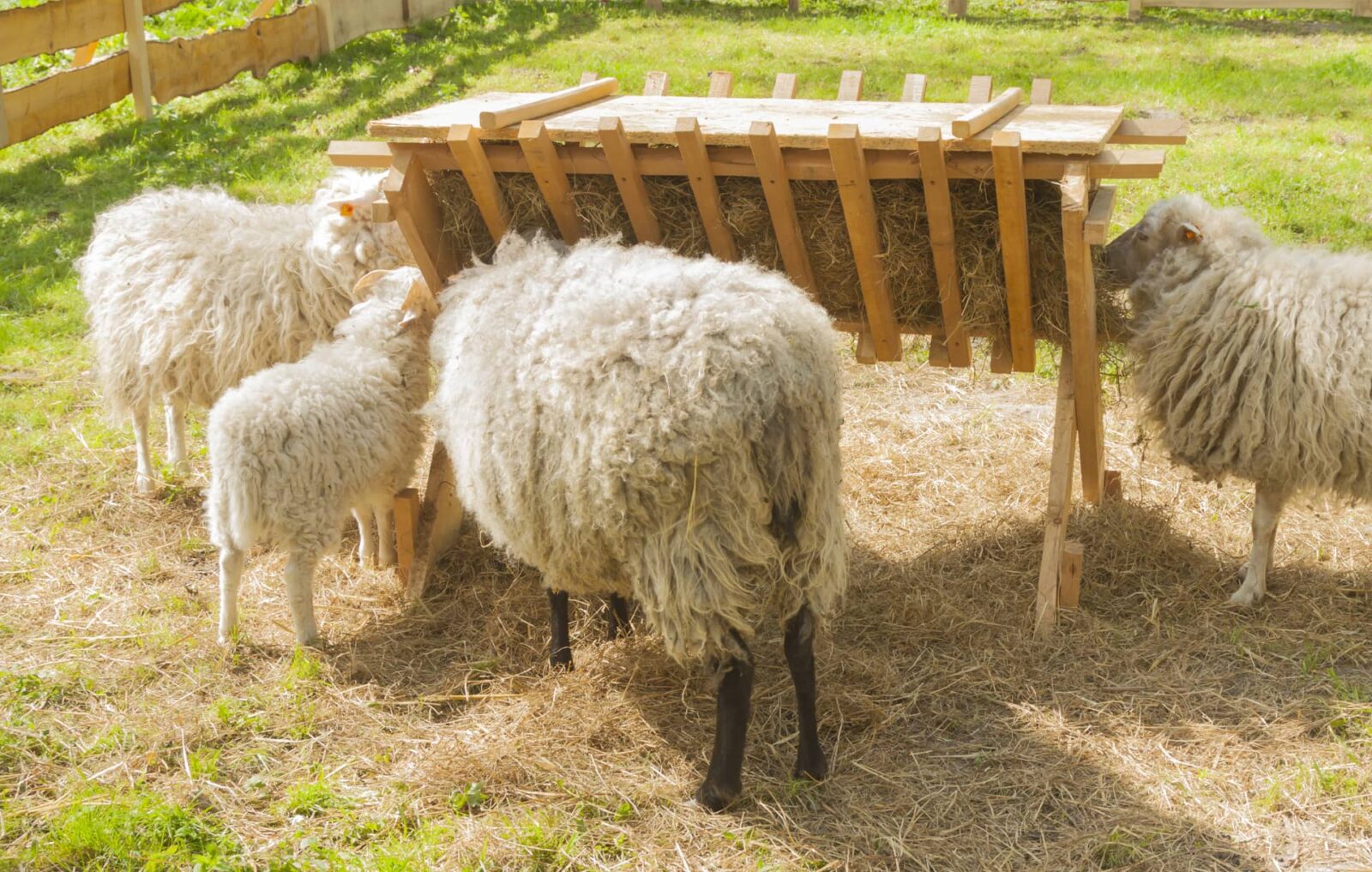
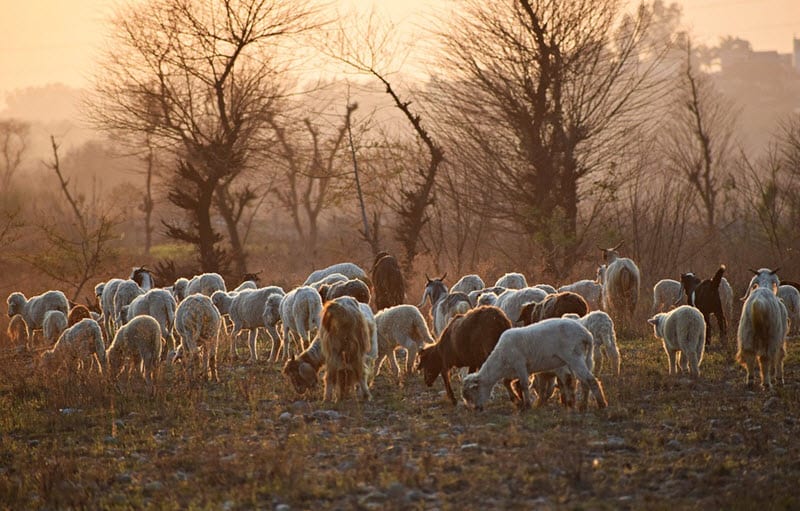

Comment (1)
[…] you intend to feed your goats some melons, ensure that you wash the rind as they can consume it. Then, slice it into small pieces […]